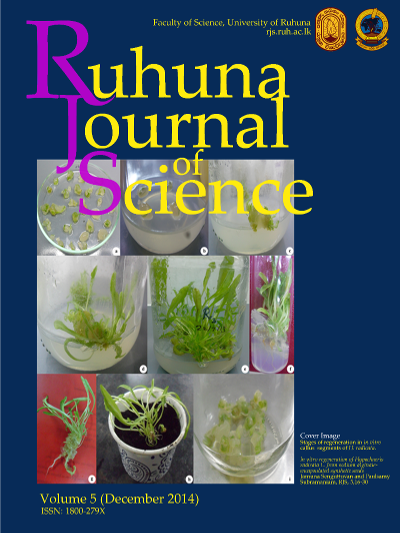A new approach for thoracoscopic posterior mediastinal procedures
Abstract
Abstract.The morbidity of thoracotomy is reduced by thoracoscopy. The space for dissection is obtained by collapsing the lung. During posterior mediastinal procedures the patient is positioned prone. This allows the collapsed lung to fall away from the field of dissection. In face of conversion to lateral thoracotomy re-positioning will take time, which may be dangerous like in a severe bleeding. An alternative is to place the patient semi prone and get in to a near prone position by tilting the table. Quick return to lateral position can be achieved by tilting the table in reverse direction. Upper thoracic sympathectomy and mobilization of thoracic oesophagus were done in the adopted prone position. Bilateral splanchnicectomy was performed in the prone position. In both situations, there was adequate space for instrumentation and dissection. Retractors were not required. All the procedures were completed safely with minimal blood loss and an acceptable time. There were no conversions. Therefore, the advantages of prone position to provide space for dissection in posterior mediastinal thoracoscopic surgeries were obtained by the adopted semi prone position.Keywords. Mediastinal, positioning, thoracoscopyÂReferences
Cuschieri A, Steele RJC. 1995. Surgical craft and technology in Essential surgical practice, 4th edition, Arnold. P 45.
Dapri G, Himpens J, Cadière GB. 2006. Robot-assisted thoracoscopic esophagectomy with the patient in the prone position. Journal of Laparoendoscopic and Advanced Surgical Techniques 16 (3): 278-285.
Edgcombe H, Carter K, Yarrow S. 2008. Anaesthesia in the prone position British Journal of Anaesthesia 100 (2): 165-183 doi:10.1093/bja/aem380.
Findik G, Gezer S, Sirmali M, Turut H, Aydogdu K, Tastepe I, Karaoglanoglu N, Kaya S. 2008. Thoracotomies in children. Pediatric Surgery International 24 (6): 721-725.
Jones MT, Hooper TL. 1995. Video assisted thoracic surgery. In: Introduction to Minimal Access Surgery, BMJ publishing group; 62-64.
Kwong KF, Cooper LB, Bennett LA, Burrows W, Gamliel Z, Krasna MJ. 2005. Clinical experience in 397 consecutive thoracoscopic sympathectomies. Annals of Thoracic Surgery 80 (3): 1063-1066.
Shibasaki H, Kinoshita T, Ogata A, Miyazaki M. 2012. Thoracoscopic esophagectomy in the prone position. Hepato-gastroenterology 59 (118): 1840-1843.
Tomaszewski S, Szyca R, Jasiński A, Leksowski K. 2007. Bilateral posterior thoracoscopic splanchnicectomy in a face-down position in the management of chronic pancreatic pain. Pol Merkur Lekarski 22 (131): 399-401.
Downloads
Published
Issue
Section
License
From Volume 7 (2016) onwards, all articles published in Ruhuna Journal of Science are Open Access articles published under the Creative Commons CC BY-NC 4.0 International License. This License permits use, distribution and reproduction in any medium, provided the original work is properly cited and is not used for commercial purposes.
Copyright on any research article published in RJS is retained by the respective author(s).
Authors who publish with this journal agree to the following terms:
a) Authors retain copyright and grant the journal right of first publication with the work simultaneously licensed under a Creative Commons Attribution License CC-BY-NC 4.0 International, that allows others to share the work with an acknowledgement of the work's authorship and initial publication in this journal.
b) Authors are able to enter into separate, additional contractual arrangements for the non-exclusive distribution of the journal's published version of the work (e.g., post it to an institutional repository or publish it in a book), with an acknowledgement of its initial publication in this journal.
c) Authors are permitted and encouraged to post their work online (e.g., in institutional repositories or on their website) prior to and during the submission process, as it can lead to productive exchanges, as well as earlier and greater citation of published work (See The Effect of Open Access).

